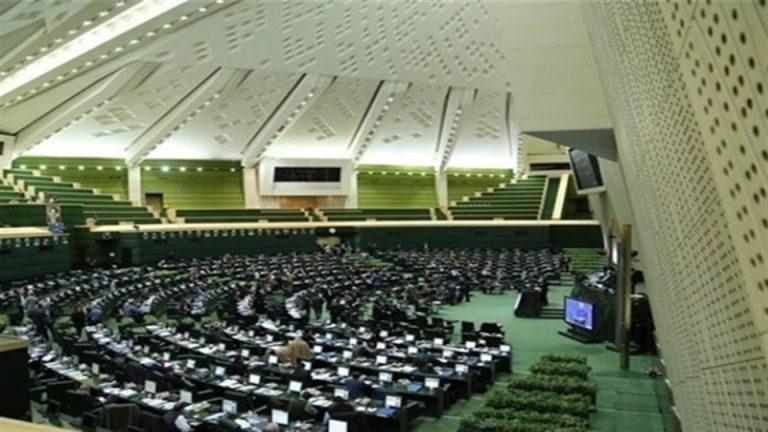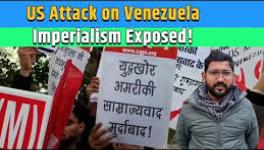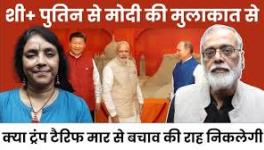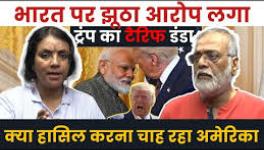In Iran’s Parliamentary Elections, Conservative Sections Have the Advantage

The first round of elections for the Iranian parliament, the Majlis, are scheduled to be held on February 21. The campaign for this round started on February 13. The second round will take place in May following which the final list of winners will be decided.
There are 290 seats in the Iranian parliament for which over 7,000 candidates are contesting. Over 16,000 people had applied for candidacy, a majority of whom were disallowed by the Guardian Council.
Elections for the parliament and the executive take place separately in Iran. The candidates for both the presidential and parliamentary elections are screened by the Guardian Council. This council, the highest body in Iran, comprises 12 members, six of whom are scholars of Islam or Faqih and are appointed by the Supreme leader. The other six are jurists selected by the parliament. The council also supervises legislation passed by the parliament.
In Iran, contesting for parliament is not open for everyone. Only an Iranian citizen who has a master’s degree or an equivalent can contest. In the case of men, the candidate must have fulfilled mandatory military service. The applicant must be between the ages of 30 and 75 and must be an adherent of Islam, except in the case of candidates contesting in seats reserved for the minorities.
Though there are several parties such as The High Policy Council of Reformists and Islamic Iran’s Participation Front that adhere to different ideological lines, elections for the parliament are not held on party lines. Most of the parties publish a list of their candidates and some people do vote according to those lists but most people vote according to their individual preferences by choosing candidates from different lists. The names of parties and symbols are not printed.
Constituencies are divided into single and multi-member seats with Tehran having the largest number of seats. There are 31 provinces in Iran.
As many as five seats in the Iranian parliament are reserved for minorities (1 for the Jews, 1 for the Zoroastrians, 2 for Armenians and 1 shared seat for Chaldeans and Assyrians). 0.6% of the Iranin population belongs to non-islamic creeds.
The current election is being held as the country struggles under severe economic sanctions imposed by the US. The government of Hasan Rouhani has been struggling to deliver basic public services. These sanctions and the US-led diplomatic and political assaults, particularly the assassination of general Qassem Soleimani in a drone attack on January 3, have considerably strengthened the conservative elements in these elections.
Reformists and centrist forces in the Iranian parliament have been vocal supporters of social reforms in the country and have also championed the cause of greater political and diplomatic engagement with western countries.
The last parliament had a substantial number of reformist and centrist MPs. However, around 90 of those sitting MPs were disqualified from contesting in the current elections by the Guardian Council for various reasons.
Get the latest reports & analysis with people's perspective on Protests, movements & deep analytical videos, discussions of the current affairs in your Telegram app. Subscribe to NewsClick's Telegram channel & get Real-Time updates on stories, as they get published on our website.























